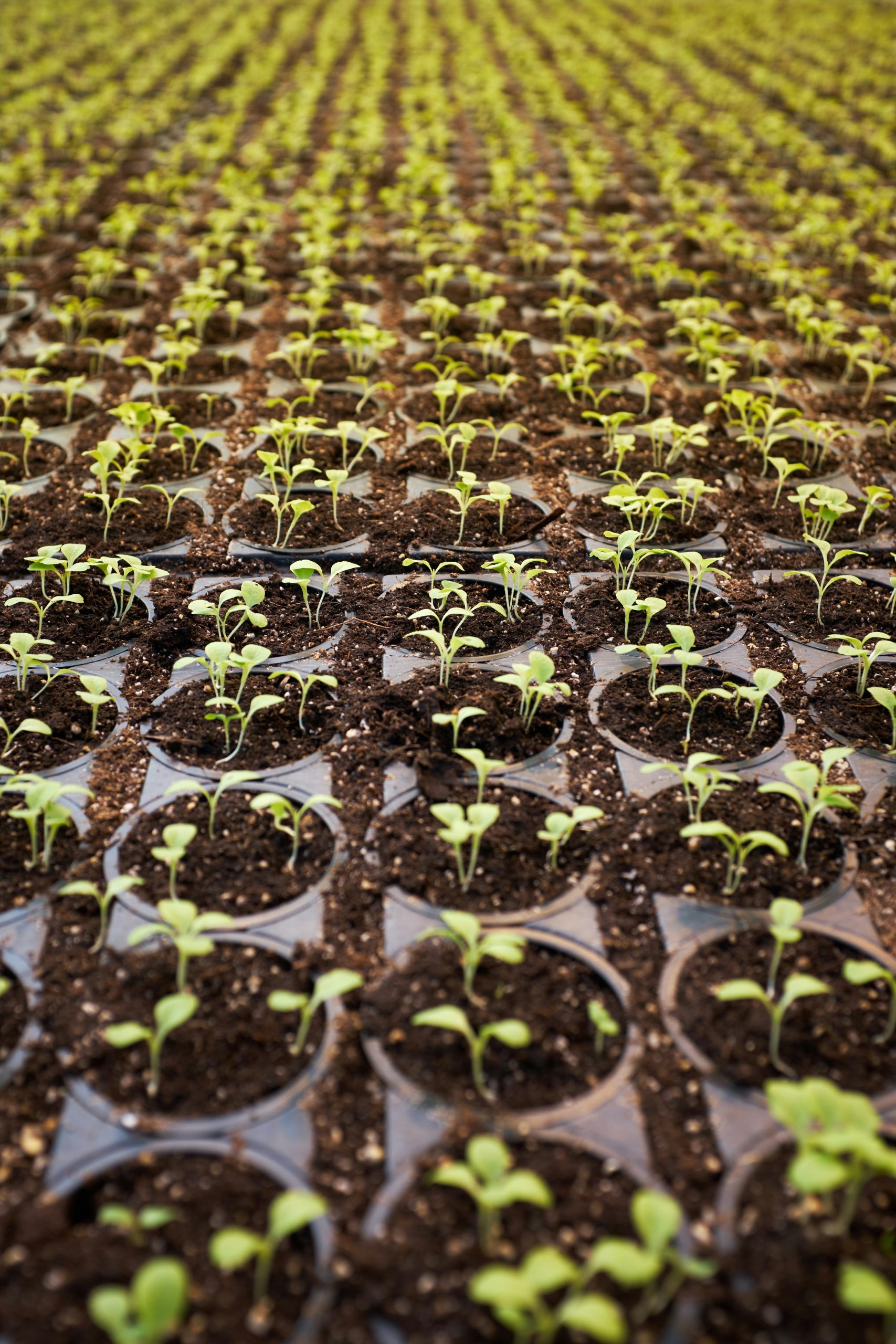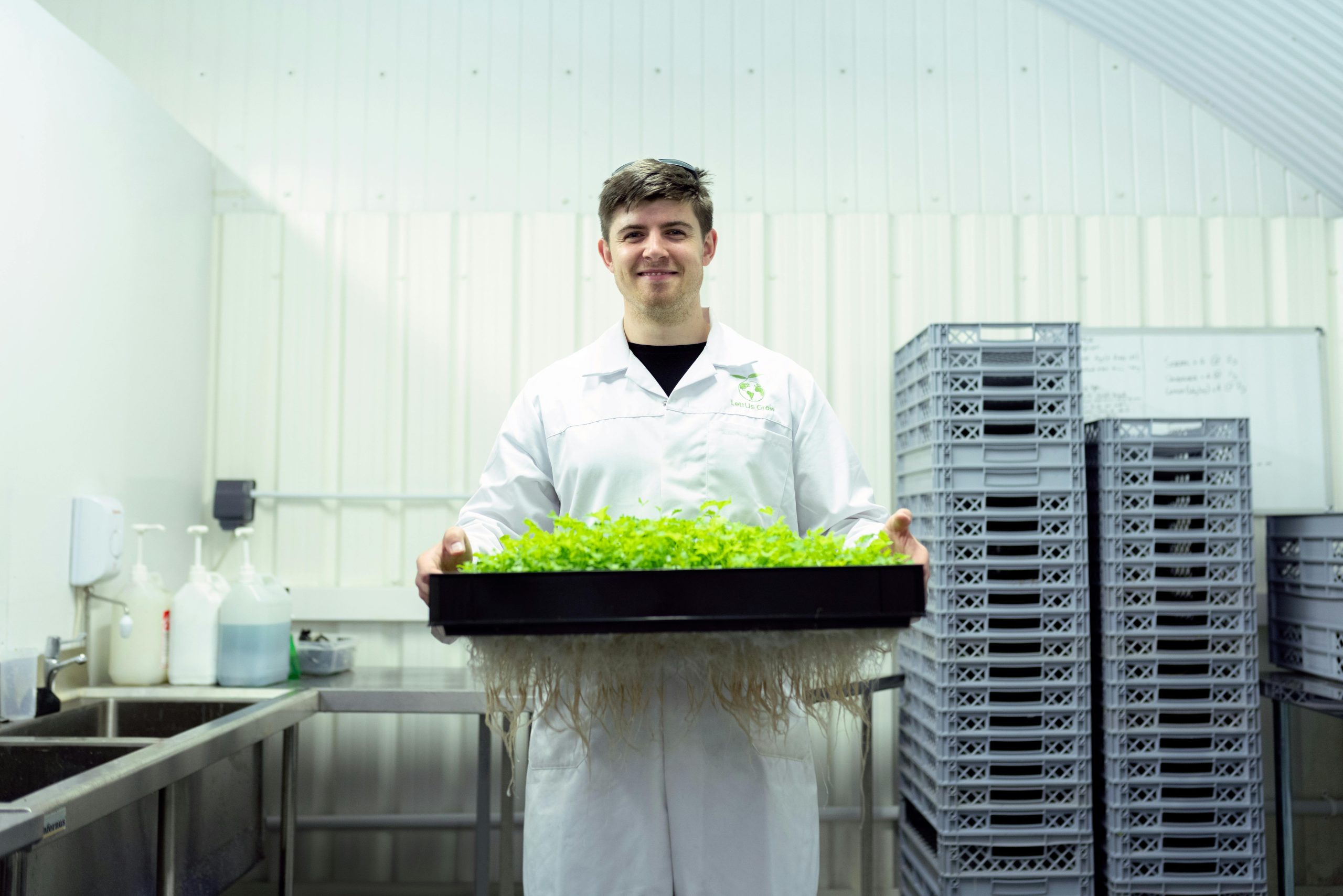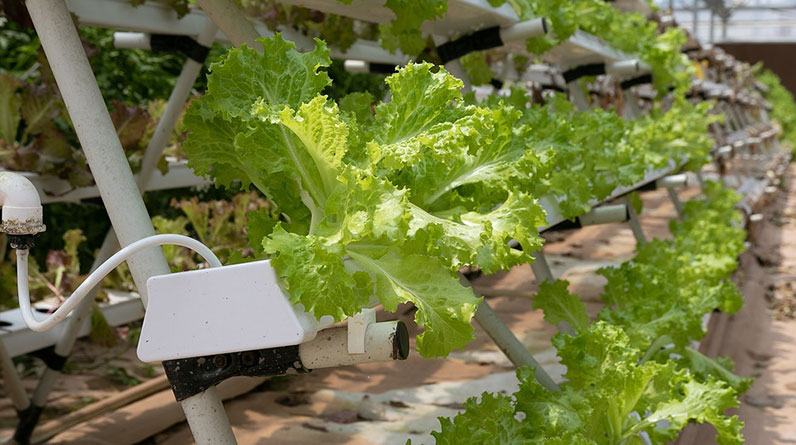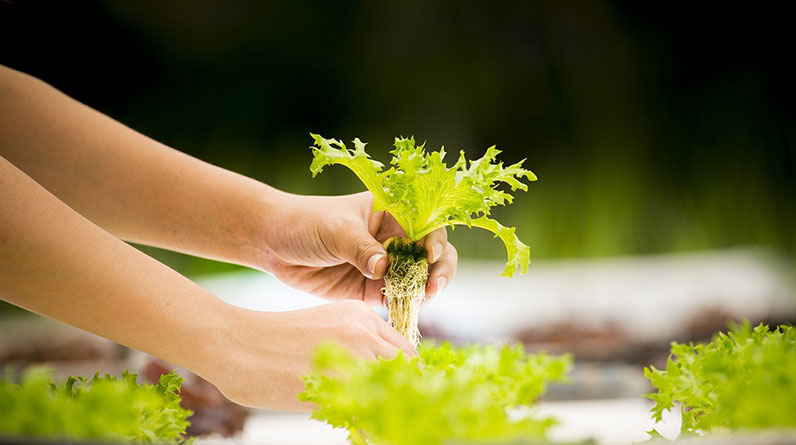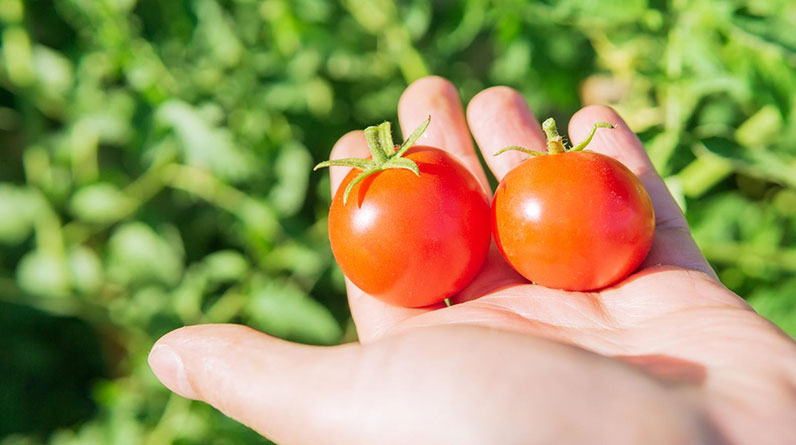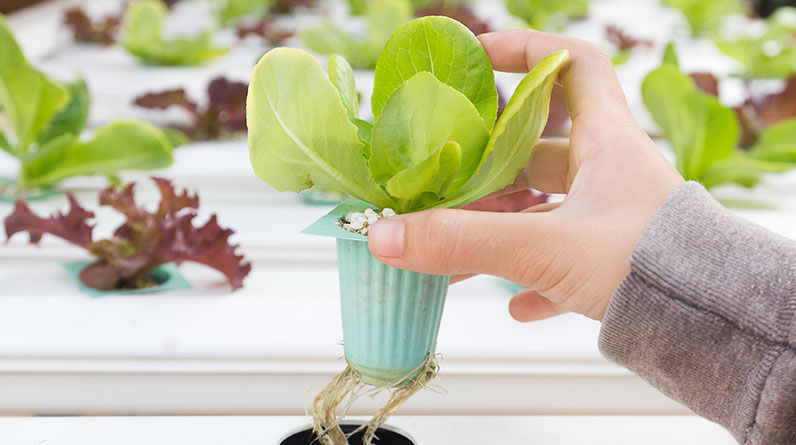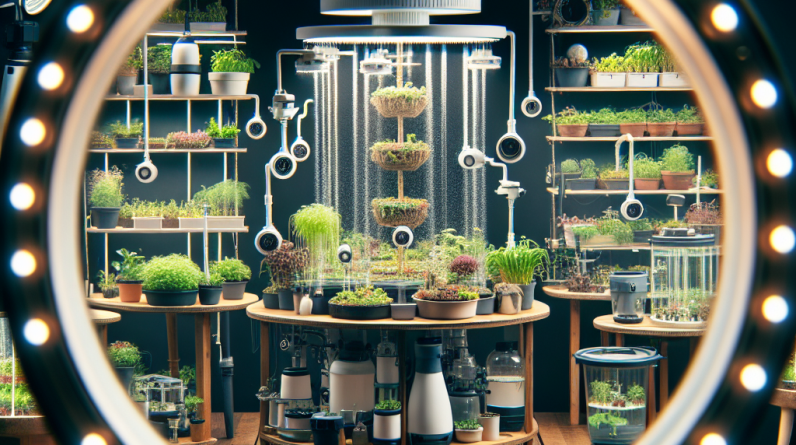
Choosing the Right System for Your Home
Types of Hydroponic Systems
When I first started my journey into hydroponics, I was amazed at the variety of systems available. From Deep Water Culture to Nutrient Film Technique, each method has its own charm and quirks. To find the right system that fits your space and lifestyle, it’s important to do some homework. I suggest you consider factors like your available space, the types of plants you want to grow, and your budget. While some systems are more complex, others are quite beginner-friendly.
For instance, my first setup was a simple Kratky method. It required minimal investment and was super easy to manage. Afterward, I ventured into a more intricate AeroGarden, which taught me a lot about maintaining optimal conditions. Having a variety to choose from lets you experiment and discover what works best for you.
Also, don’t forget to think about the size of your hydroponic system. Some require a small countertop, while others are hefty and need a dedicated space in your home. My recommendation? Start small and expand as you gain confidence in your skills!
Understanding Nutrient Requirements
What’s in Hydroponic Nutrients?
Nutrient management is the heartbeat of successful hydroponic gardening. When I first dabbled with nutrients, I was overwhelmed by the labels and the options available. But here’s the kicker—you need to ensure your plants get the right mix of macronutrients and micronutrients. Typically, you’ll need a good balance of nitrogen, phosphorus, potassium, calcium, and magnesium.
I remember the first time I mixed my own solution. Let’s just say I learned through trial and error! If you’re new, start with a pre-mixed solution specifically designed for hydroponics, and read the application instructions carefully. It can save you a lot of headaches down the line.
Moreover, pay attention to pH and electrical conductivity. Finding that sweet spot ensures your plants absorb nutrients efficiently. You might wanna invest in a pH meter. It changed my game, seriously!
Light Sources and Their Importance
Natural vs. Artificial Lighting
Lighting is a major factor in how well your plants grow indoors. When I set up my first hydroponic garden, I relied on the good ol’ sun. It was great for a while until winter hit! That’s when I learned that artificial lights can be a game-changer.
LED lights have become my go-to. They are energy-efficient and provide a full spectrum of light that plants love. Plus, they don’t run as hot as traditional bulbs, which saves me from fried plants! I initially used CFLs, but they didn’t do the job as well.
Make sure you position your lights correctly for optimal growth. Plants should ideally receive 12-16 hours of light daily, depending on what you’re growing. Experiment with different heights until you find what works best.
Water Quality Management
The Importance of Clean Water
Water quality can make or break your hydroponic experience, trust me on this one. When I first started, I ignored this aspect and soon discovered my plants were not thriving. Using distilled or filtered water has made a world of difference.
Tap water often contains chemicals like chlorine, which can disrupt the healthy balance within your system. I invested in a simple water filtration system, and it paid off big time. Clean water leads to healthier plants and a more fruitful harvest!
Additionally, always keep an eye on the temperature of your water. Ideally, it should mimic the environment where the plants thrive. Cooler temperatures can stress the roots and negatively affect overall plant growth.
Pest and Disease Management
Identifying Common Pests
Pest management is a necessity in any gardening venture, but it’s often overlooked by beginners. I’ll admit, I was once naive enough to think my hydroponic setup couldn’t attract pests. Spoiler alert: they can! Aphids, whiteflies, and even spider mites can show up uninvited.
Regularly checking your plants for signs of pests has become a habit for me. Early identification is key! If you spot something, it’s better to take action immediately than to let it spiral out of control. Sometimes, a simple spray of insecticidal soap can do wonders.
Another thing I learned is the importance of maintaining a clean environment. Cleanliness not only helps to deter pests, but it also lowers the risk of fungal diseases. So, keep those tools sanitized and your growing area tidy!
Conclusion
Diving into home hydroponics has been an incredibly rewarding endeavor for me. By focusing on the right systems, understanding nutrients, optimizing lighting, managing water quality, and controlling pests, I’ve built a thriving garden right in my home. It provides me with fresh produce and that satisfying feeling of growing something from scratch. If I can do it, so can you!
FAQs
1. What is the easiest hydroponic system for beginners?
The Kratky method is considered one of the easiest systems for beginners. It’s low-maintenance and doesn’t require much setup, making it perfect for those new to hydroponics.
2. How often should I change the nutrient solution?
Generally, you should change the nutrient solution every two weeks. However, it’s a good idea to monitor your plants and adjust based on their needs.
3. Can I use tap water in my hydroponic system?
While you can use tap water, it’s advisable to filter or use distilled water to avoid chemicals like chlorine that might harm your plants.
4. How can I tell if my plants are getting enough light?
Signs that your plants are not getting enough light include leggy growth, small leaves, and a lack of flowering. If you notice these, it might be time to adjust your light source.
5. What should I do if I find pests on my plants?
Act quickly! You can start by removing any affected leaves or using insecticidal soap or neem oil to treat the plants. Regular checks will help keep pests at bay.


